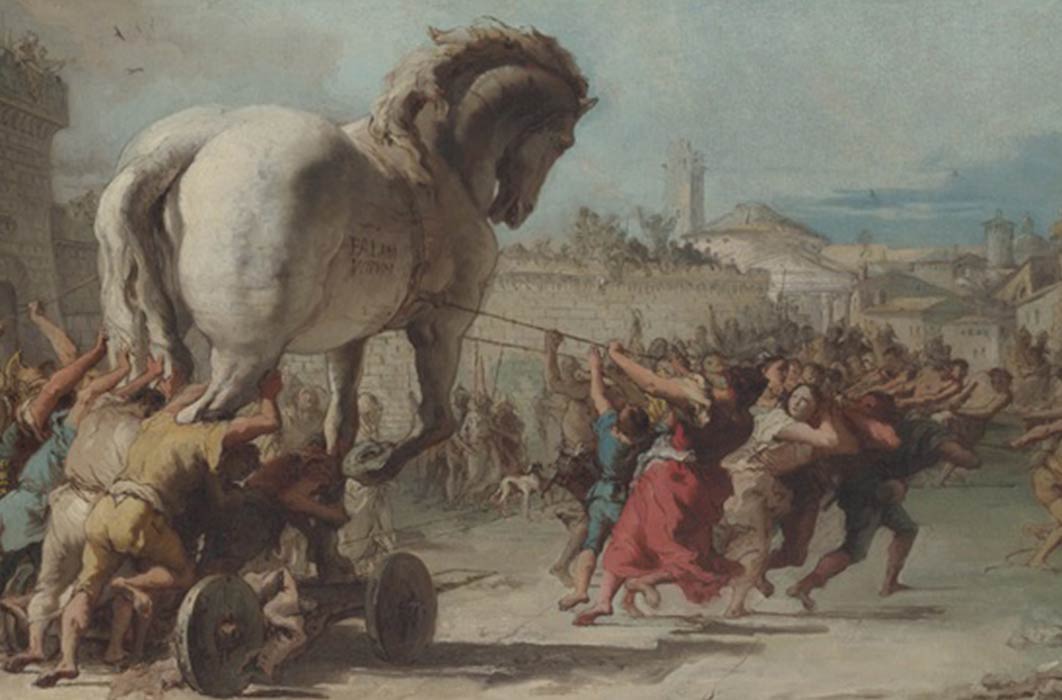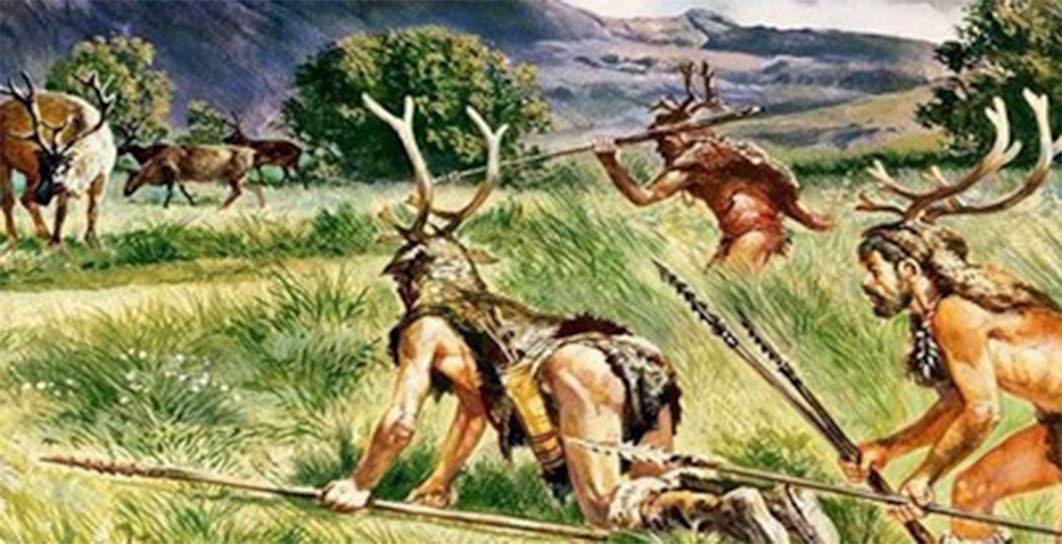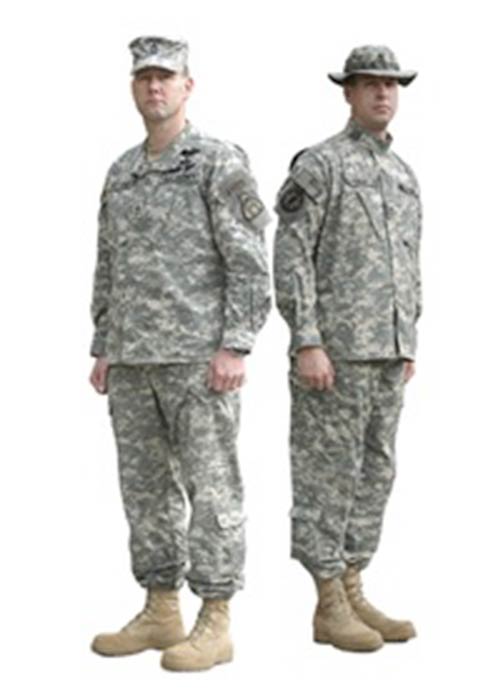
The Invisible History of Military Camouflage
For at least 150,000 years, if not much longer, small groups of human hunters adorned themselves with the skins, horns and oils of the beasts they tracked to better conceal their presence and to delude their prey. Over time ancient tactics of concealment were adopted in the arts of warfare, and so emerged camouflage, in all its guises. While the origins of camouflage in warfare are generally associated with the First World War, they actually emerge from deep-prehistory, and exist today as a symbol of man’s developmental genius.

Artist's impression of prehistoric hunters. Source: We Have Concerns
Ancient Origins Of Camouflage
Humans and camouflage go back many thousands of years and anthropologists think it most likely that humans were inspired by animals and insects that could alter their physical attributes to blend into their environment at will. Concealment, disguises and invisibility can be found in ancient literature associated with the gods, spirits or inhuman creatures, and in modern fiction invisibility features in many forms. However, it was British zoologist, Sir Edward Poulton, who wrote the first book on camouflage in 1890 called The Colours of Animals, in which he supported Darwinism claiming animal mimicry, or imitation, for concealment was proof of natural selection. In 1940, zoologist Hugh Cott built on Poulton’s ideas and suggested a concept called ‘contour obliteration’ which makes it difficult to perceive continuous forms by blurring an object’s defining edge, and ‘shadow elimination’ reducing the appearance of recognizable shadows.

Illustration from The Colors of Animals by Edward Bagnall Poulton, 1890. Black-and-white figure of 'The Brazilian Skunk Mephitis suffocans. Public License
For thousands of years indigenous tribal warriors wore face and body paints, tattoos and animal skins in war, but over time military strategists developed skills of concealment with countershading, the causing of and prevention of shadows, and the disrupting of objects outlines. Military camouflage is a key factor in the arts of tactical deception and an integral part of controlling the presence, position and intentions of military formations. Extending beyond what soldiers wear, the crafts of military camouflage include the disciplines of disguise, and the use of dummy vehicles and troops to deceive the enemy´s eye. Homer’s Trojan Horse is one such fictional example of enemy concealing their presence to infiltrate.
In August 2014 Popular Mechanic announced that the U.S. Army had chosen a new official camo, after the Pentagon were accused of wasting time and sinking billions of dollars into developing a useless single uniform for all the military's branches. It was not until 2002 that the different services developed their own camouflage patterns suited for specific combat environments. The main reason one camo-pattern-to-fit-all-forces or environments failed in the American military, is because it is nearly impossible to wear a pattern that will hide one at midday in the Arctic tundra, and also conceals the wearer at midnight in the Amazon. It is because of changing environments that innovations were made in the development of camo at sea, on land, and in the air.


Two soldiers in 2005 wearing the ¨failed¨ Army Combat Uniform in the Universal Camouflage Pattern. (Public Domain) and a 16th century perception of the first "English people" in times of the war against Julius Caesar by Lucas de Heere (1575) (Ghent University Library/ CC BY-SA 4.0)




